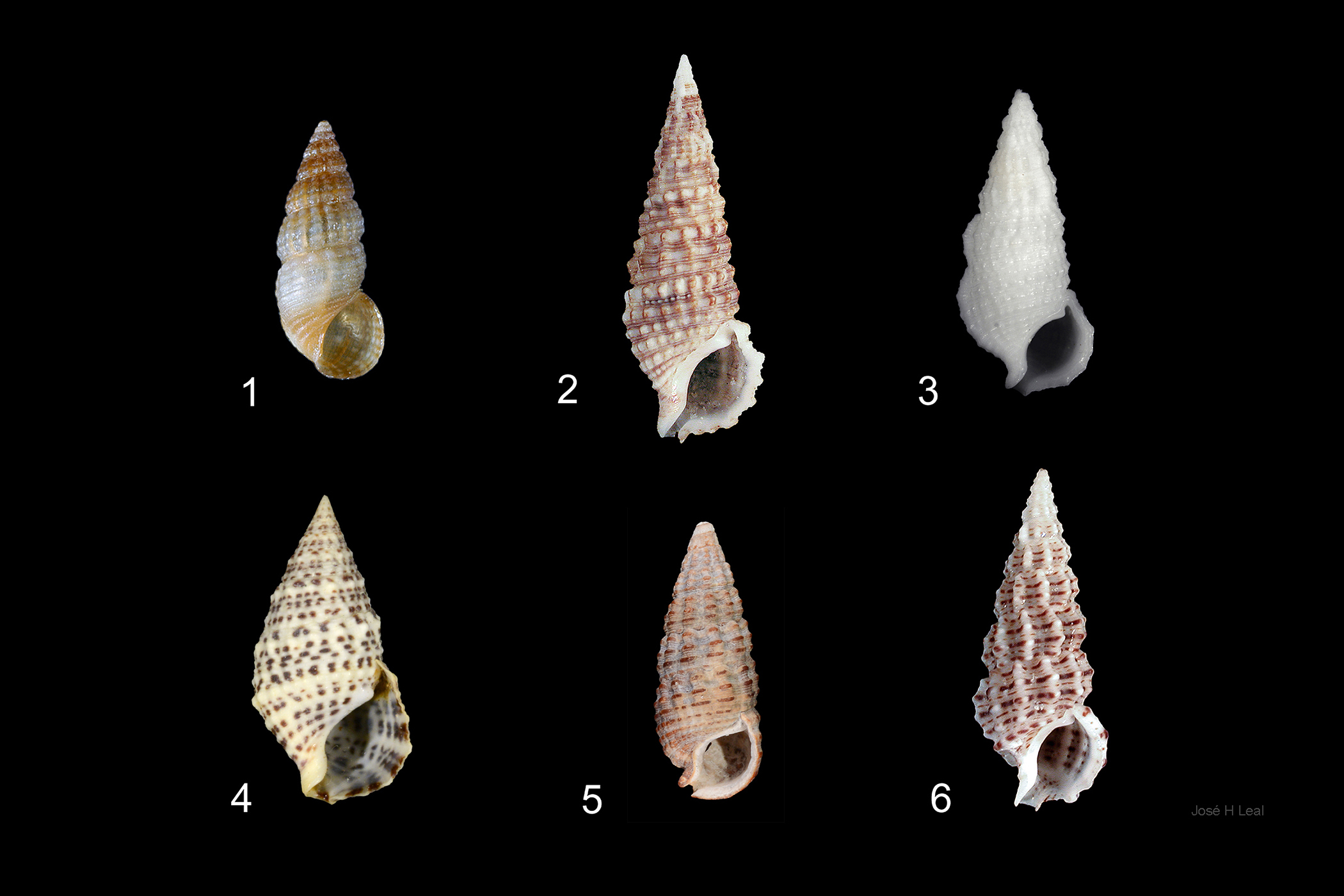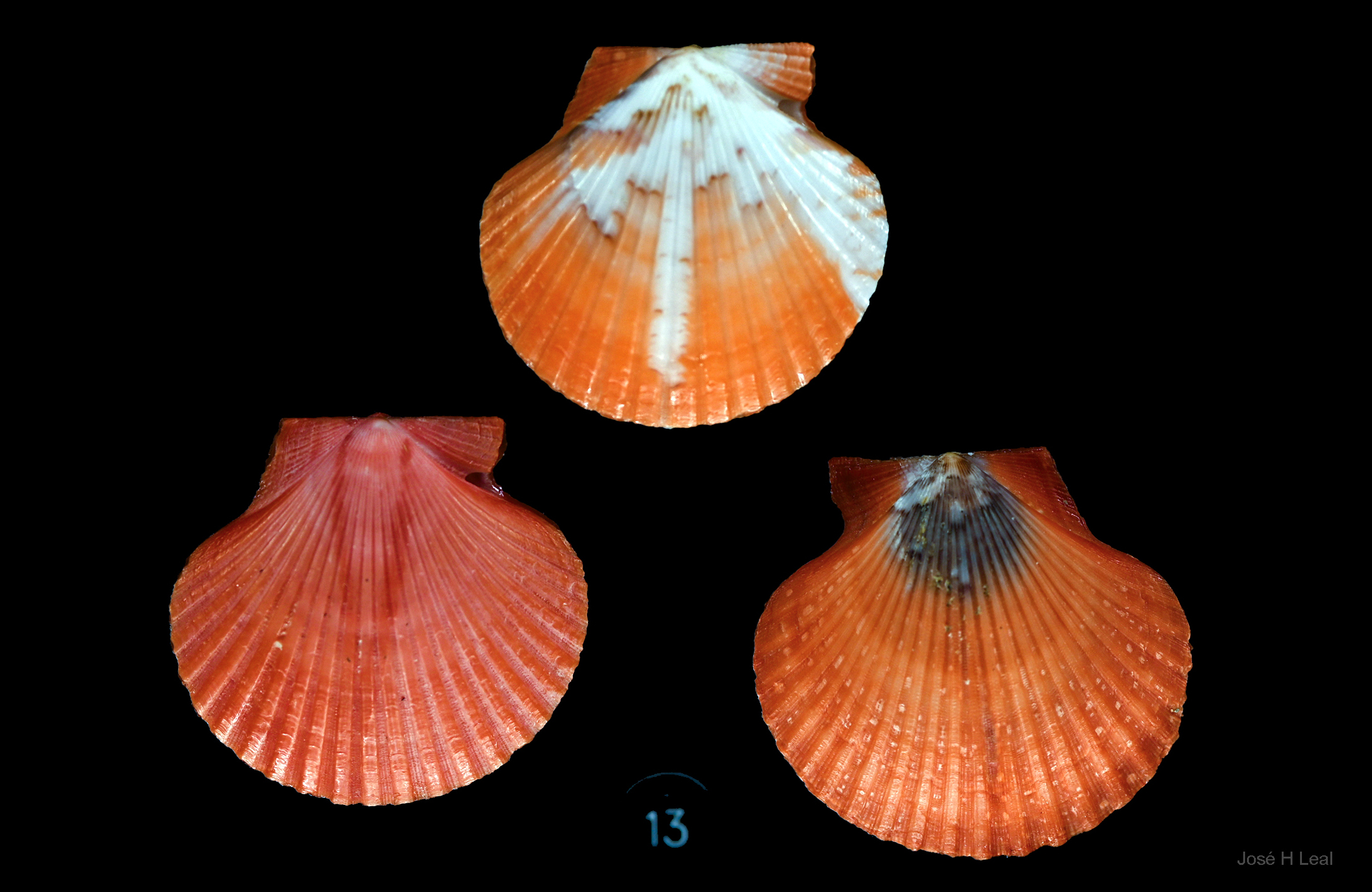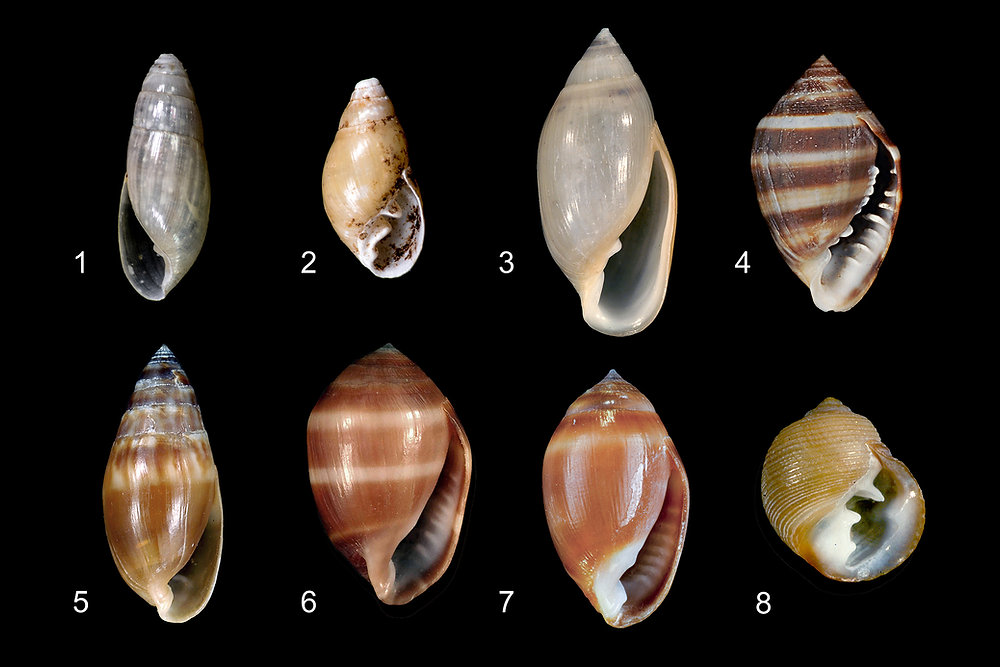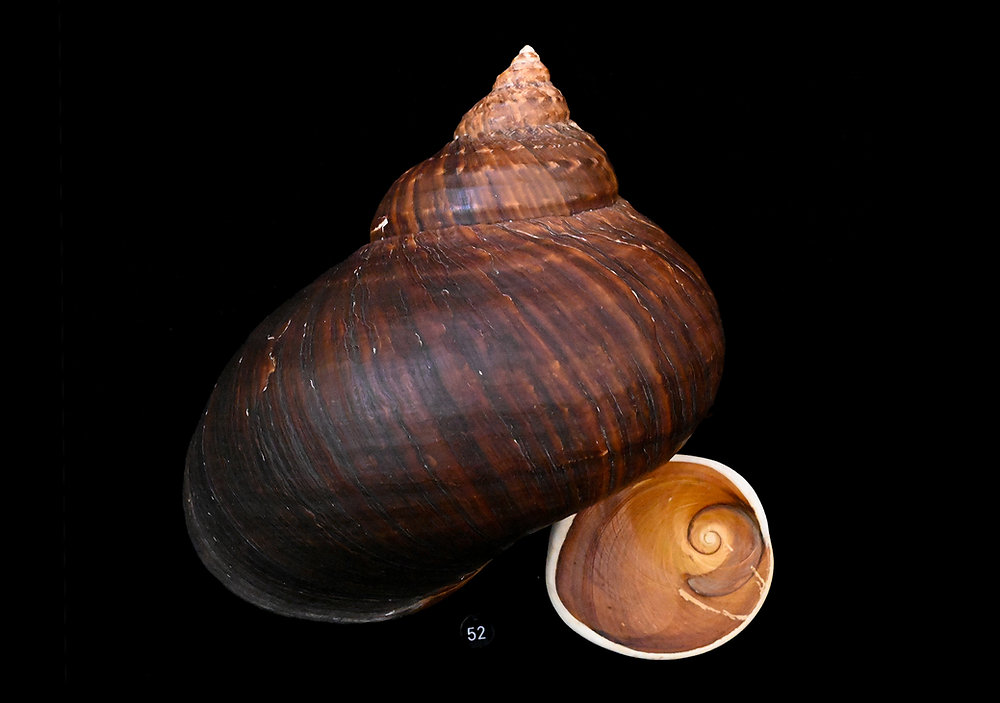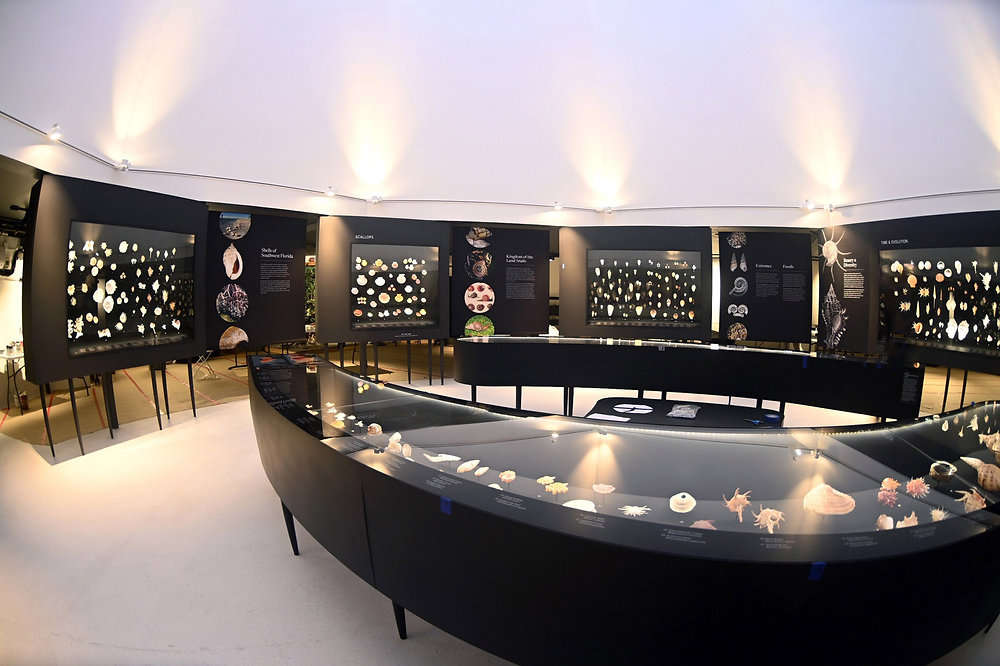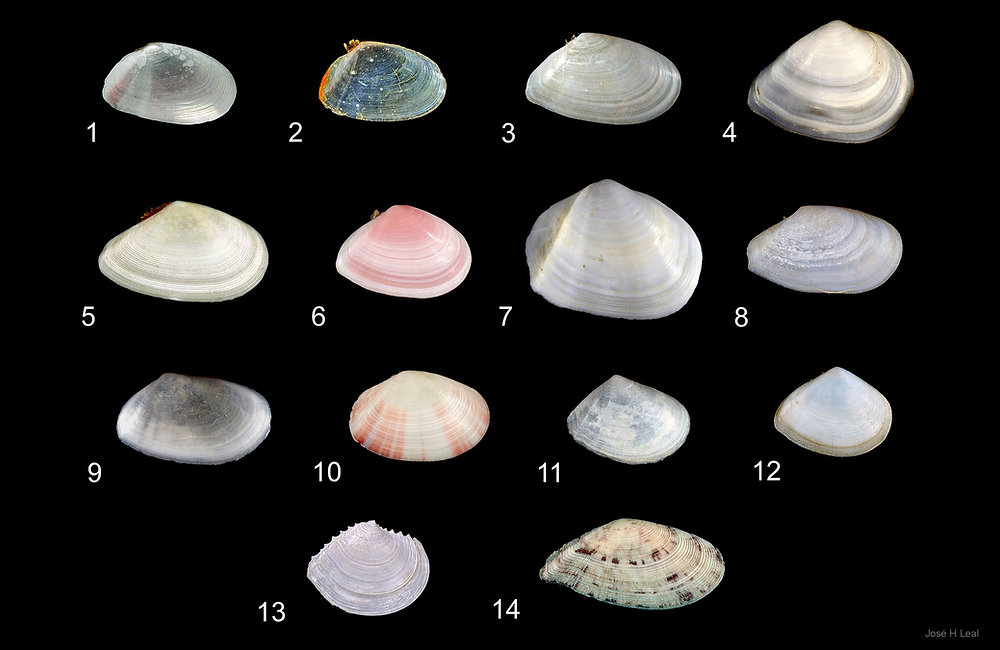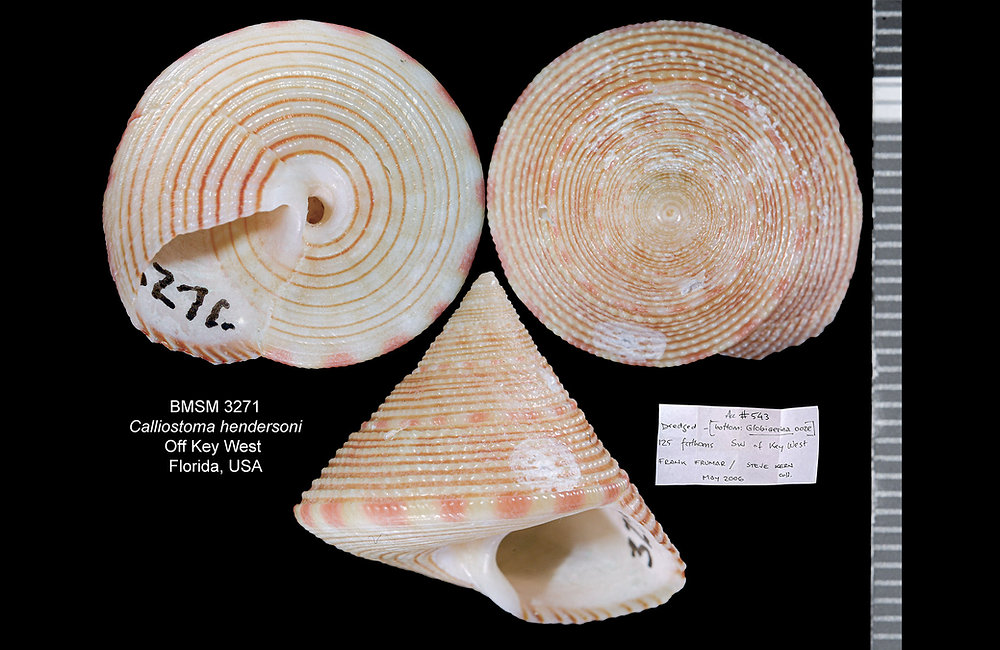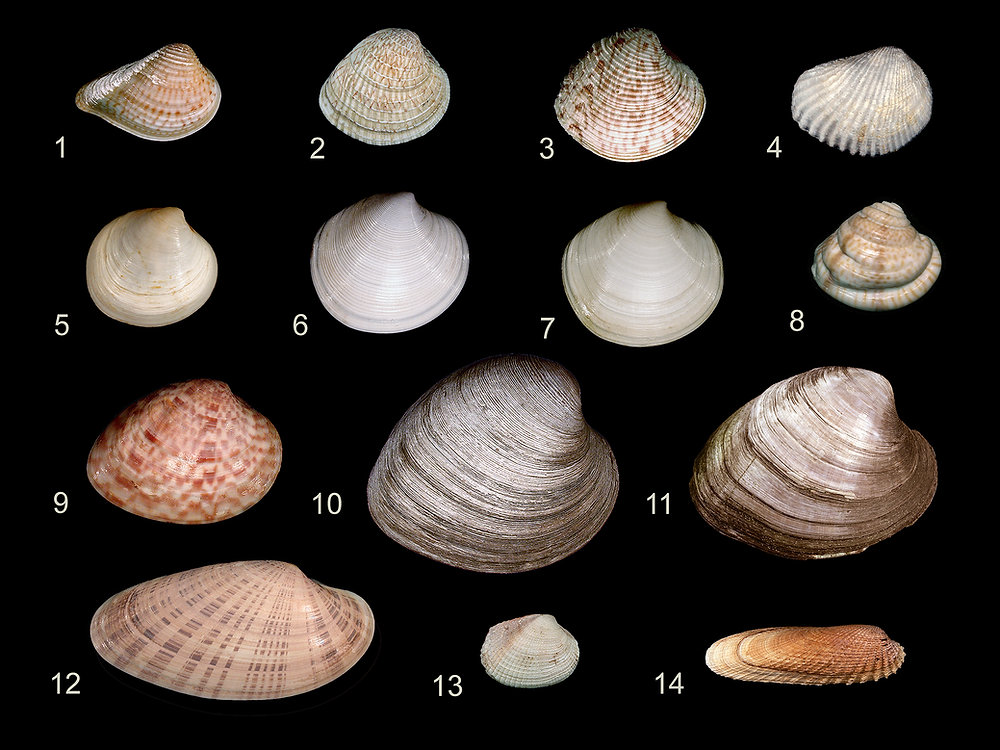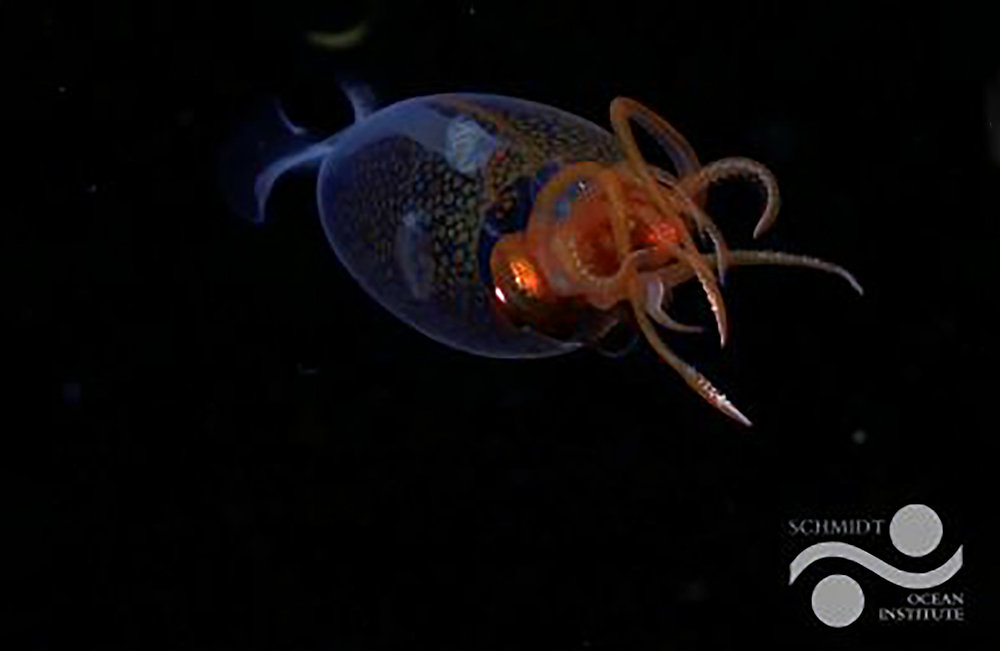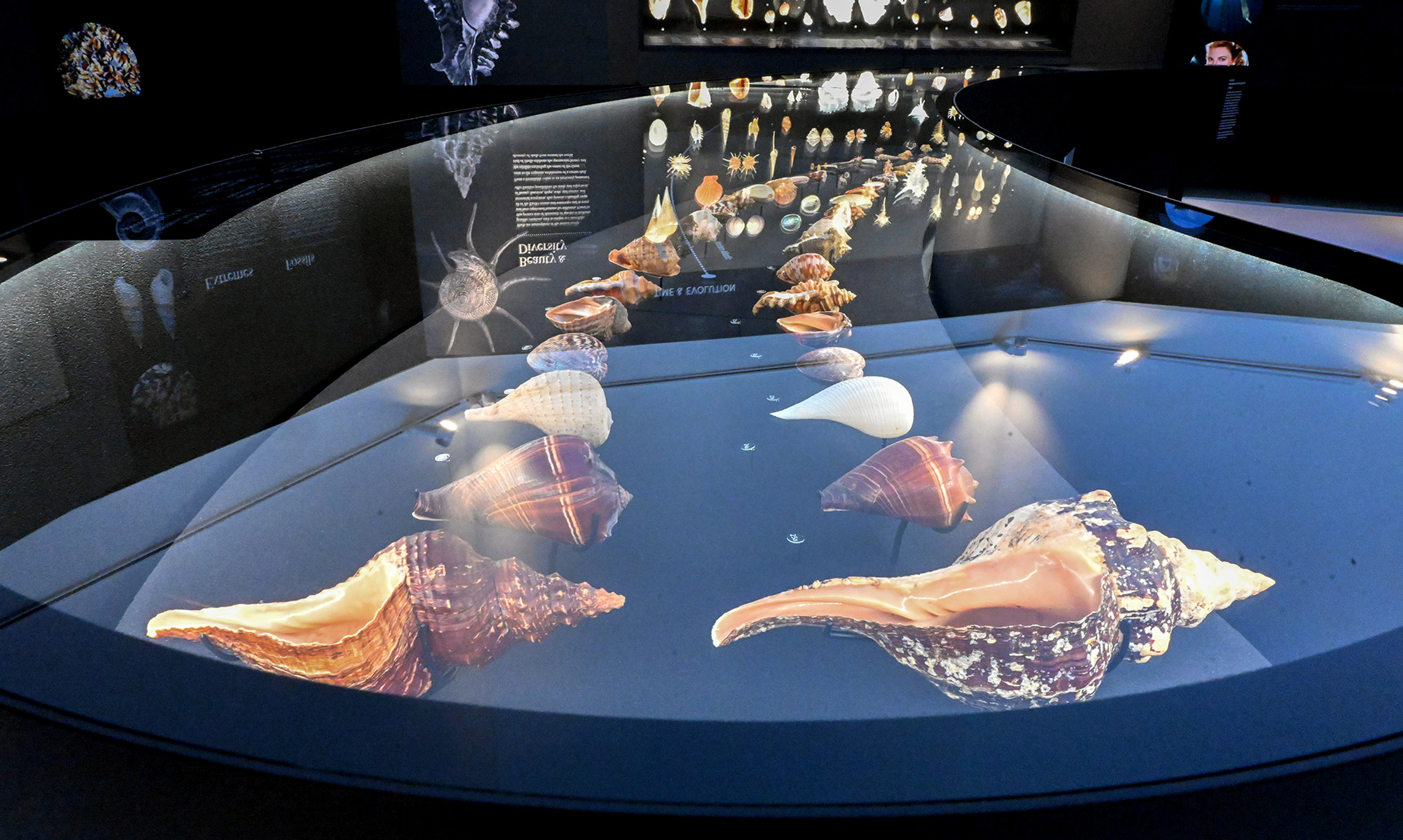
The New “Isthmus Pairs” Exhibit!
As I am sure you know by now, the National Shell Museum & Aquarium recently opened Phase 1 of its renovated Great Hall of Shells. It was great to work with the Museum and the design teams and prepare the content and select the shells for all the exhibits...
